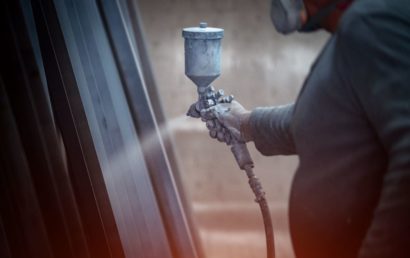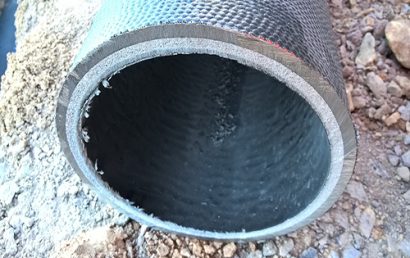Why Do Engine Combustion Chambers Need Thermal Barrier Coatings?
Why are thermal barrier coatings for engine combustion chambers so necessary? In two words: more power. If you’re into performance, you already know that horsepower is a great thing to have. What’s better than horsepower? More horsepower. But what exactly is horsepower? Here’s a simplified explanation: To raise a 550-pound object by 1 foot each second, horsepower is the energy transfer rate needed.
You may have heard this incorrect statement: “Heat is horsepower.” Here’s the reality… to produce that much sought-after tire smoking horsepower, the control of energy transfer – heat in this case – can be used. When, in the right places, you employ the most updated thermal barrier coatings, measurable performance benefits can be delivered. Here’s what’s included in those benefits:
- Decreased engine cooling system load
- Improved turbo response
- Increased torque and power
Coatings That Provide Thermal Barriers
Metallic ceramics are used to make thermal barrier coatings. In multiple layers, they are applied by plasma spray. In this process, shot at very high velocities and temperatures, the media bonds to the substrate at a molecular level. An insulating layer is possessed by certain distant multilayer coatings. Additionally, a barrier layer and a conducting layer are needed. On the piston crown, detonation-causing hotspots on the piston are reduced by the heat conducting layer. Through this, combustion is improved. Heat is kept in the combustion chamber thanks to the heat barrier layer.
A single layer of baked/sprayed on metallic ceramic coating is used in more inexpensive coating processes. This is not unlike exhaust header coatings. While better than no coating at all, it may not work as well as a multilayer coat.
What Gets Coated?
Used for the crown of a piston, thermal barrier coatings first gained popularity. The aforementioned benefits will be delivered by use of a TBC (thermal barrier coating) on a piston crown. However, all alone, this does not reduce heat transfer amounts dramatically from the cylinder to the cooling system. While the parts that need to stay cool can do so, the parts that need to be hot can be by coating the turbine housing, turbine manifold, exhaust ports, valve faces, and combustion chamber. Through this, to the cooling system, less heat gets transferred. Total heat energy in higher amounts gets turned into exhaust energy and power.
Additionally, the turbo is allowed to “spool” faster with the increased exhaust energy. Fuel consumption also decreases due to the engine’s ability to extract more power per drop of combusted fuel.
Turn to A&A Coatings for Your Thermal Barrier Needs
The early degradation of rotating machinery can be prevented by the right kind of coating. Motors, generators, centrifugal pumps, and more qualify as pieces of rotating machinery needing protective coatings. Expensive machine damage and costly downtime can bring a company to its knees. To head off this type of catastrophe, find out which types of coatings are needed for your business. Your bottom line could depend on it!
At A&A Coatings, we apply the latest and greatest coatings through the newest, most advanced techniques. In every industry, there is likely some form of sprayed or applied coating helping to protect or enhance a part, machine, surface, etc. What are the precise needs of your business where thermal sprayed coatings are concerned?
Contact one of our representatives to find out.


